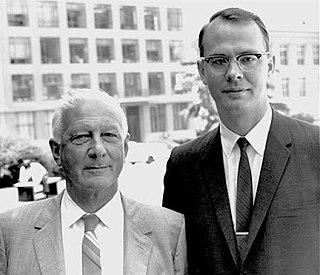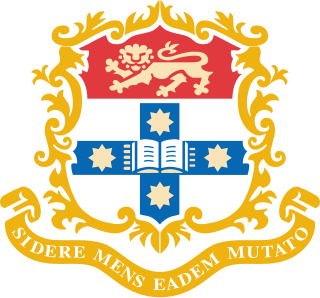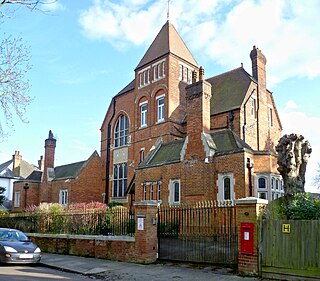
Nathaniel Peter Hill was a professor at Brown University, a mining executive and engineer, and a politician, including serving in the United States Senate. Originally from the state of New York, he came to Colorado following the Pike's Peak Gold Rush to try his hand at mining. He traveled to Europe to investigate ways to smelt ore and developed processes to make mining more profitable. He was the mayor of Denver before becoming a United States Senator.

James Douglas was a Canadian born mining engineer and businessman who introduced a number of metallurgical innovations in copper mining and amassed a fortune through the copper mining industry of Arizona and Sonora.

Antoine Marc Gaudin was a metallurgist who laid the foundation for understanding the scientific principles of the froth flotation process in the minerals industry. He was also a professor at the Massachusetts Institute of Technology, and during World War II developed there the ore-processing techniques needed to extract uranium from its low grade ores for the Manhattan Project. He was a founding member of the National Academy of Engineering.

Robert Hallowell Richards was an American mining engineer, metallurgist, and educator, born at Gardiner, Maine.
Robert Carl Sticht was an American metallurgist and copper mine manager, active in Colorado and Montana, U.S.A. and in Tasmania, Australia. Sticht was the developer of the first successful purely pyritic smelting in the world. He was also an important book and art collector, a large part of whose collections were acquired by the Public Library of Victoria and the National Gallery of Victoria in the 1920s.
Louis Davidson Ricketts was an American economic geologist, metallurgist, mining engineer and banker who pioneered development of copper mines in the U.S. state of Arizona and the Mexican state of Sonora.

Sir George Elliot, 1st Baronet, JP was a mining engineer and self-made businessman from Gateshead in the North-East of England. A colliery labourer who went on to own several coal mines, he later bought a wire rope manufacturing company which manufactured the first Transatlantic telegraph cable. He was also a Conservative Party Member of Parliament (MP).
Joseph Henry Collins FGS,, mining engineer, mineralogist and geologist. Of Cornish descent, he was born in London. He died at his home, Crinnis House, near St Austell, on 12 April 1916 and is buried in Campdowns cemetery, Charlestown.
John Arthur Phillips FRS, FCS was a British geologist, metallurgist, and mining engineer.

Sir Richard Augustine Studdert Redmayne was a British civil and mining engineer. Redmayne worked as manager of several mines in Britain and South Africa before becoming a professor at the University of Birmingham. He was a leading figure in improving mine safety in the early twentieth century and would become the first Chief Inspector of Mines, leading investigations into many of the mine disasters of his time. He became the president of three professional associations, namely the Institution of Mining and Metallurgy, the Institution of Professional Civil Servants and the Institution of Civil Engineers.
George Cameron Stone was a well-known American arms collector and author as well as an American mining engineer and metallurgist. He authored a glossary of the antique weapons of the world that remains one of the most comprehensive works ever written on the subject.

John Marley was an English mining engineer from Darlington who together with ironmaster John Vaughan made the "commercial discovery" of the Cleveland Ironstone Formation, the basis of the wealth of their company Bolckow Vaughan and the industrial growth of Middlesbrough. He was an effective leader of engineering operations at Bolckow Vaughan's mines and collieries. He ended his career as a wealthy independent mine-owner and president of the North of England Institute of Mining and Mechanical Engineers (NEIMME).
The Australasian Institute of Mining and Metallurgy (AusIMM) provides services to professionals engaged in all facets of the global minerals sector and is based in Carlton, Victoria, Australia.
Hilary Bauerman was an English metallurgist, mineralogist and geologist.
Henry Marion Howe was an American metallurgist, the son of Samuel Gridley Howe and Julia Ward Howe.
Louis-Édouard Rivot was a French metallurgist and mining engineer.

The Société de l'industrie minérale is a French association of mineral processing companies and people involved in these industries. It was created in 1855. It supports exchange of information on mining through its journals, website, meetings and congresses, and represents the mining industry in various forums.

Frederick Danvers Power (1861–1955) was an Australian academic, a lecturer in geology and metallurgy.

















